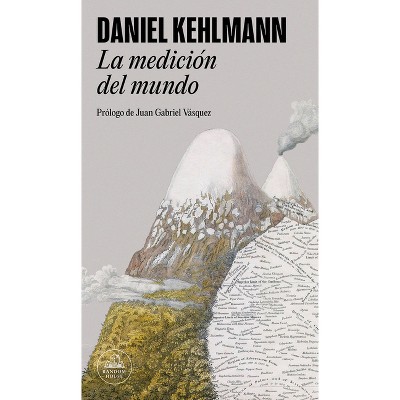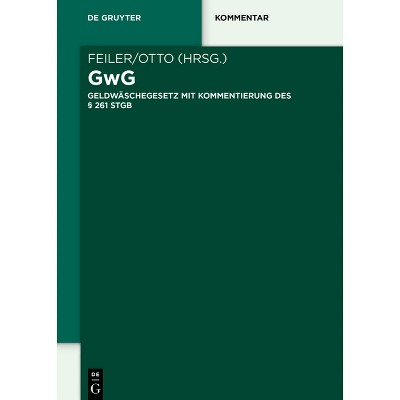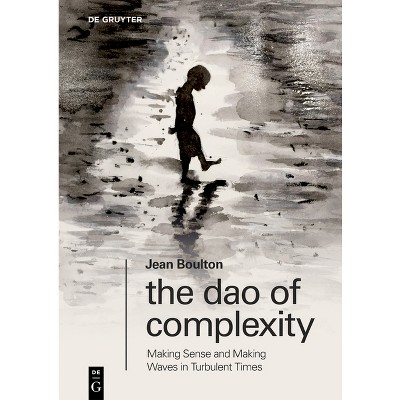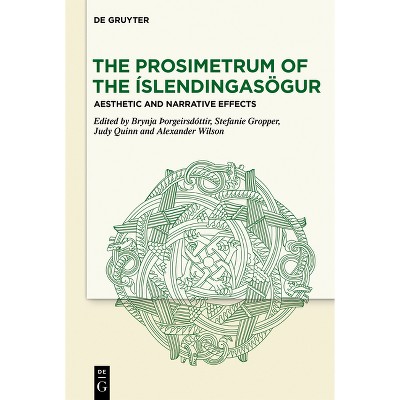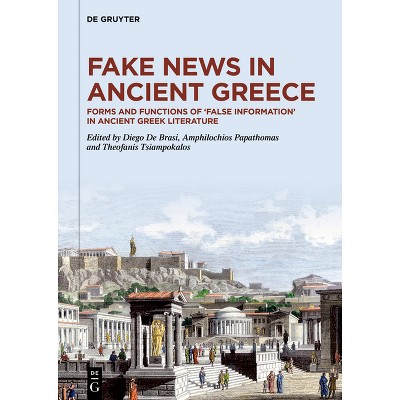Sponsored

Arrivals and Departures - by Otto Latva & Heta Lähdesmäki & Kirsi Sonck-Rautio & Harri Uusitalo (Hardcover)
Out of Stock
Sponsored
About this item
Highlights
- This book explores the human relationship to changing biodiversity by bringing together multidisciplinary insights into human-nature relations from the humanities.
- About the Author: Otto Latva, Kirsi Sonck-Rautio, and Harri Uusitalo, University of Turku, Finland and Heta Lähdesmäki, University of Helsinki, Finland.
- 256 Pages
- History, Modern
Description
About the Book
This book explores the human relationship with changing biodiversity. New animal and plant species arrive, and the ones previously existing may disappear. However, the historical and social perspectives of the matter have been understudied so far. TBook Synopsis
This book explores the human relationship to changing biodiversity by bringing together multidisciplinary insights into human-nature relations from the humanities. New animal and plant species arrive and previously existing ones may disappear. However, the historical and social perspectives of the changes have been understudied so far. This book approaches the human relationship with changing biodiversity from three different angles: belonging and non-belonging, emotions, and environmental policy. The question of belonging and non-belonging is crucial when it comes to changing biodiversity. The authors ask who decides where species can move and live and when invasive becomes native. Similarly, emotions have a big role in human-nature relations. The book shows why we grieve the loss of some species and hate some other species, and how our emotions change over time. The writers also aim to show how environmental policies, or the practice of governing species, are affected by societal discussion, emotions, scientific research, and topical concepts as well as how these policies shape biodiversity and our perceptions of different species. The authors provide fresh insights into human-nature relations and explain why we need multidisciplinary approaches in order to fully understand their complexity.
About the Author
Otto Latva, Kirsi Sonck-Rautio, and Harri Uusitalo, University of Turku, Finland and Heta Lähdesmäki, University of Helsinki, Finland.
Shipping details
Return details
Trending Non-Fiction



